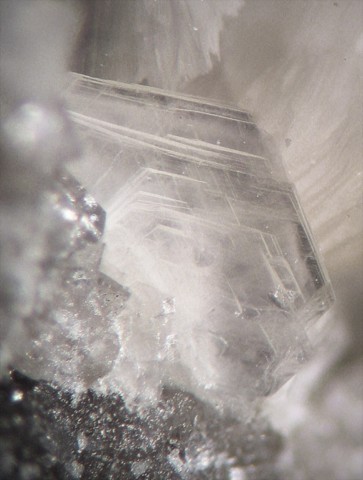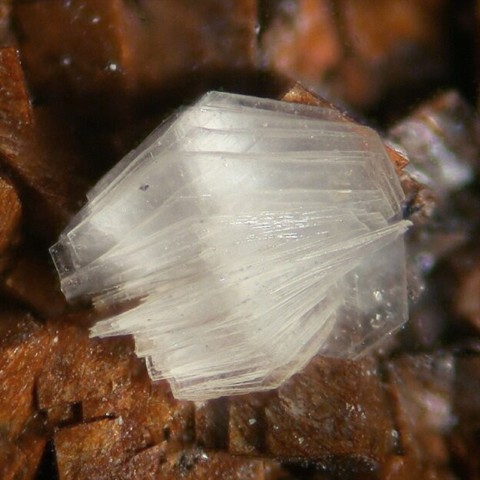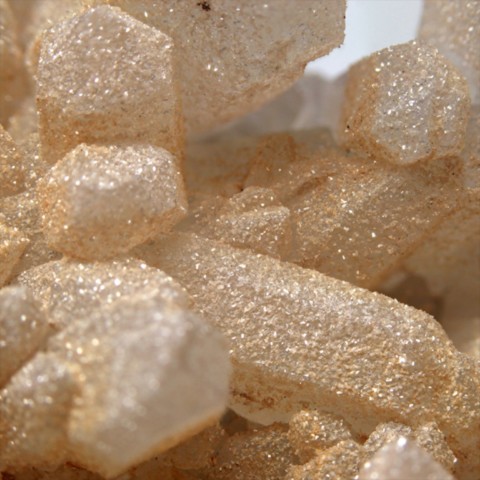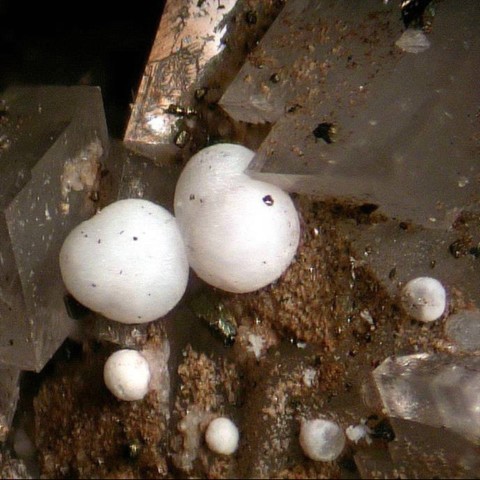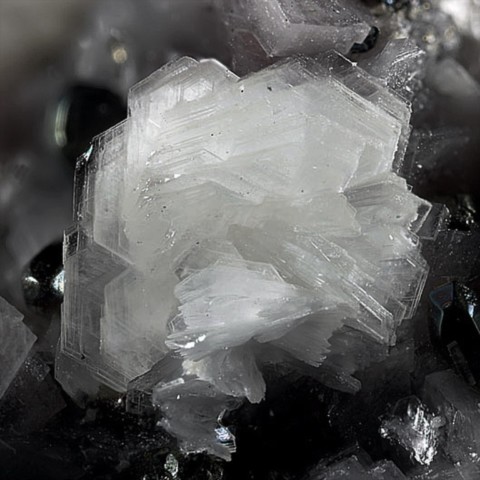 Dickite - Encyclopedia
Dickite - Encyclopedia
Class : Silicates
Subclass : Phyllosilicates
Crystal system : Monoclinic
Chemistry : Al2Si2O5(OH)4
Rarity : Quite common
Dickite is a phyllosilicate, polymorph of nacrite and kaolinite, belonging to the kaolinite-serpentine group. Its certain occurrences are quite frequent, but dickite is probably much more abundant than its number of deposits suggests, its rigorous identification requiring significant analytical resources. It is a mineral mainly of hydrothermal origin, which forms by alteration at low temperature of aluminous minerals, in particular feldspars, around hydrothermal veins and within them. It was named in honor of the chemist and metallurgist Allan Brugh Dick. Dickite is transparent to translucent in crystals, opaque in mass. It appears in lamellar aggregates or in compact white masses, sometimes yellowish-green, with a smooth feel, made up of microscopic crystals. The visible crystals are rare, forming pseudohexagonal lamellae of 4 mm at most, sometimes grouped in sheaves or radiated aggregates. It offers the same wide range of uses as kaolinite : ceramics, papermaking, rubber industry, ion exchange material, saponifiers, degreasers, but the rarity of large deposits results in fairly marginal use.
Main photo : Dickite from Mas Lavayre, Lodève, Hérault, France © Oliver Dziallas
Dickite in the World
Twinning
No twin known for this mineral species.
Fakes and treatments
No fakes listed for this mineral species.
Hardness : 2 to 2.5
Density : 2.60
Fracture : Micaceous
Streak : White
TP : Transparent
RI : 1.561 to 1.570
Birefringence : 0.005 to 0.006
Optical character : Biaxial +
Pleochroism : None
Fluorescence : None
Solubility : Insoluble
Magnetism : None
Radioactivity : None

